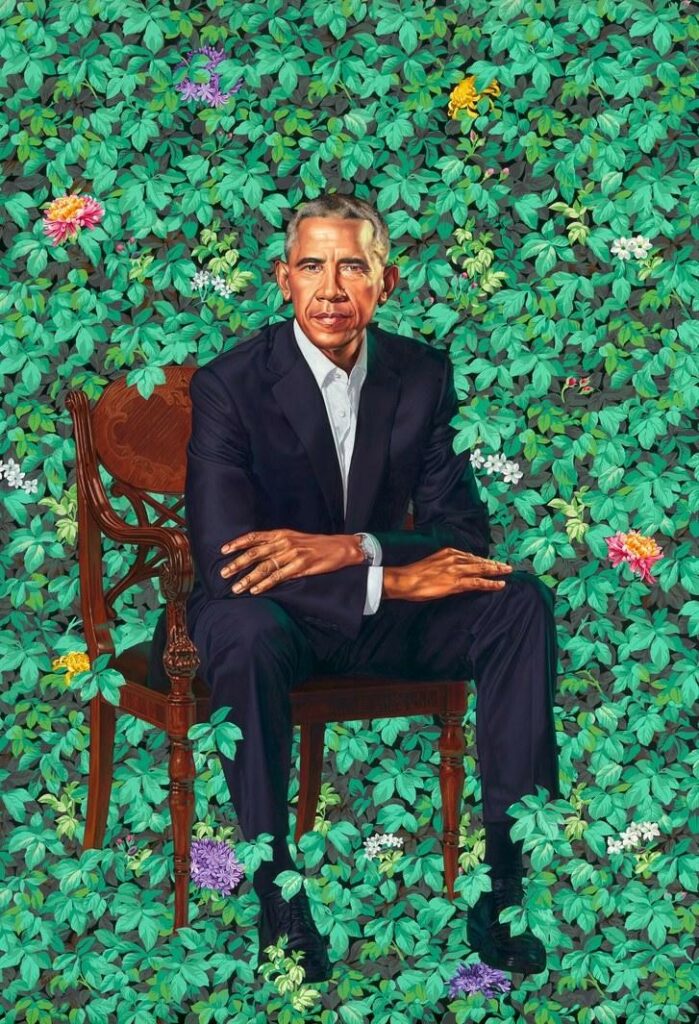7 th June , 2019
World-renowned artist and history maker Kehinde Wiley is laying down roots abroad in Dakar with his new artist residency, Black Rock Senegal.
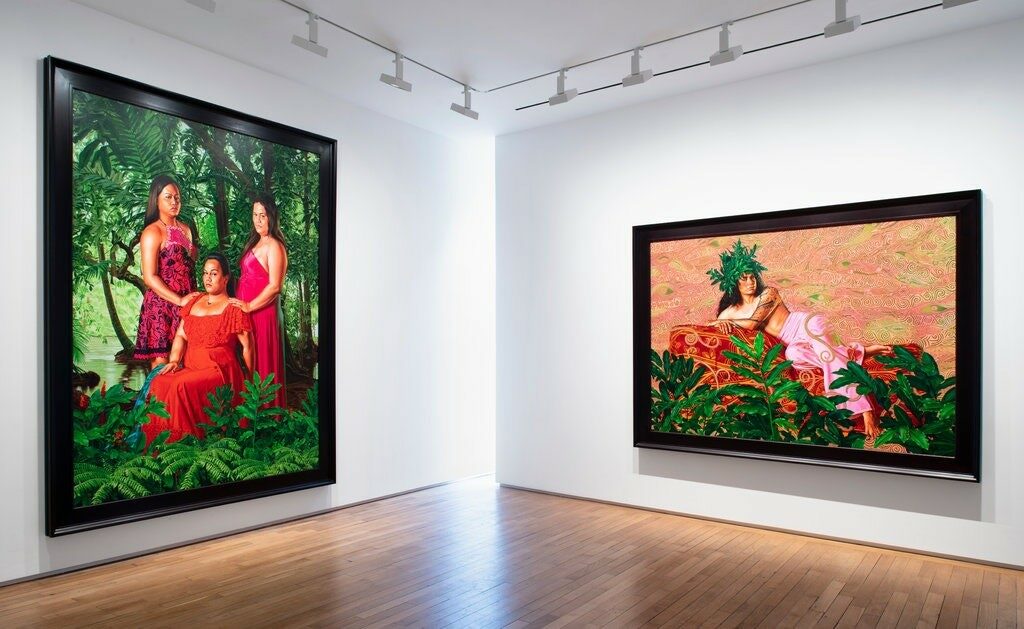
Kehinde Wiley is known for his classic big-canvas art pieces that depict black people in highly naturalistic and royal environments historically associated with the canon of Western art. He made headlines in 2017 for being the first African American and openly gay man to paint a presidential portrait—of former President Barack Obama. Black Rock Senegal is the latest extension of his artistry.
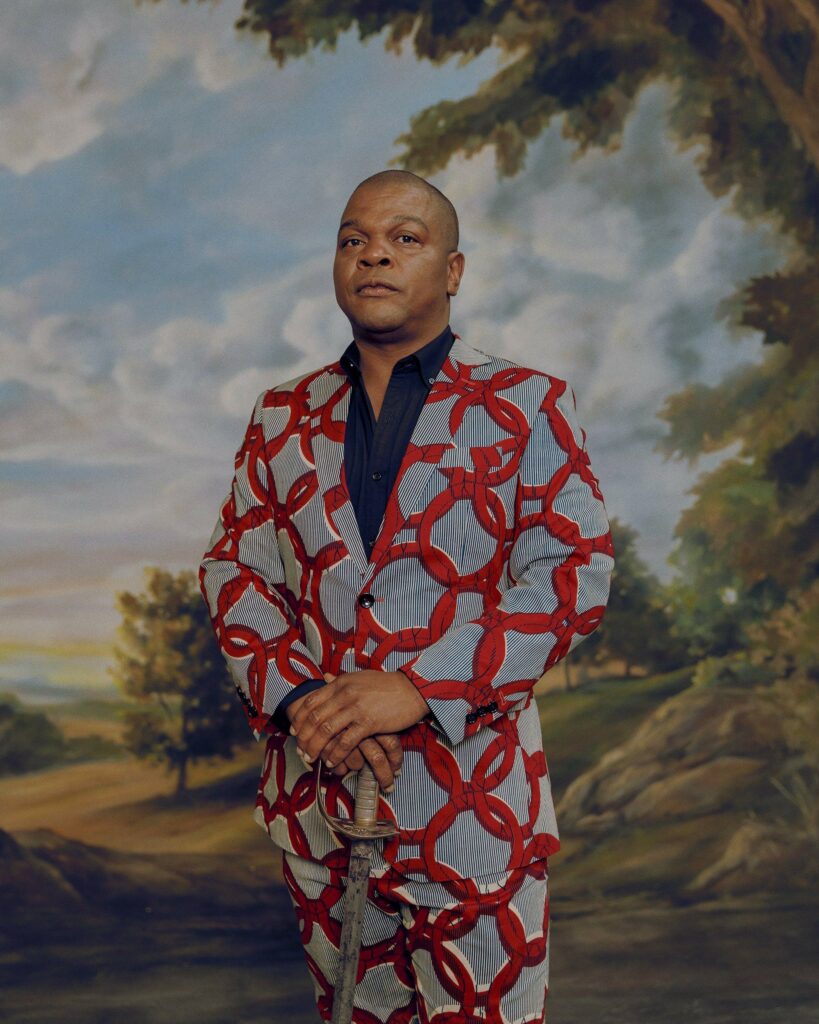
Described as a “multi-disciplinary residency program” by its website, Wiley invites creatives of varying mediums ranging from visual artists, writers, and filmmakers to join him at his studio for a three-month program. The residency weaves Senegal’s culture and the arts into an experience-driven program offering its artists an assortment of amenities.
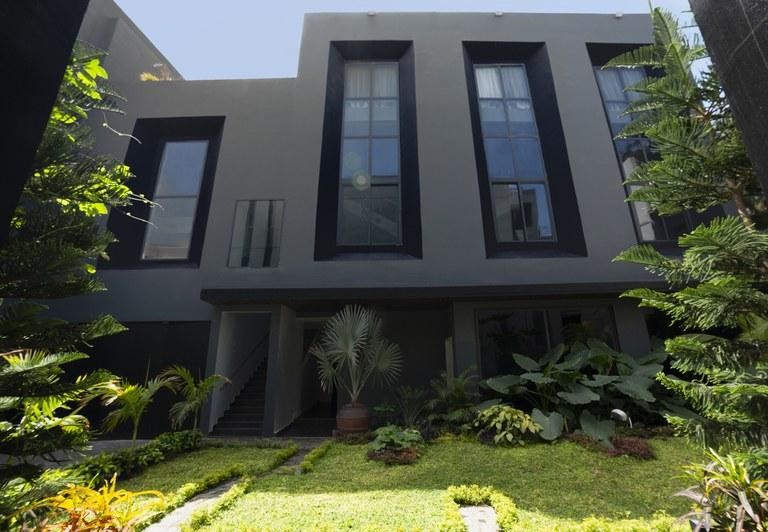
Overlooking the Atlantic Ocean, room and board will be provided as well as an individual studio space. Local staff will be on hand to help navigate Dakar, and a language tutor will be on site to assist with English, French, and Wolof—the three primary languages spoken. Participants will be introduced to a culture of local artists and organizations to learn and be inspired by during their stay. A stipend for incidentals and art supplies will also be provided to residents. But this isn’t the artist’s first experience with Senegal, which really brings Black Rock Senegal full circle and even more personal.
Wiley was a 19-year-old art student on his way to Nigeria in search of his estranged father the first time he visited Senegal. In an interview with CNN, Wiley shared that it was the people of Dakar that made him fall in love with the city.

“I think there was something about the radical dissonance between desert and sea, and the sense of being completely outside of the territory that you’re familiar with,” said Wiley to CNN in an interview. “I come from a place where there are traffic jams, and people flex and floss with their cars,” he said. “Here, people flex and floss with their bright colors,” continues Wiley to CNN. “It’s radically foreign, but it’s also somehow familiar,” added Wiley on why he chose Dakar as the location for his artist residency.
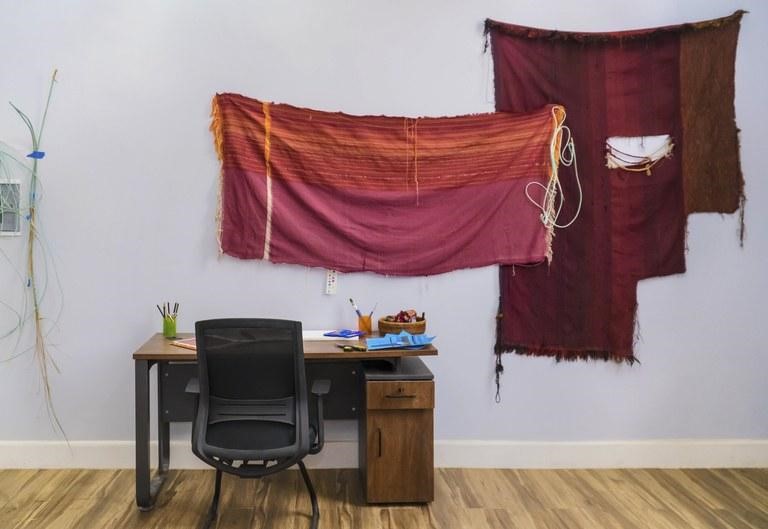
One of the main goals of Black Rock Senegal is to stimulate conversations and multigenerational, cross-cultural, and cross-disciplinary collaborations in support of new artistic work. And the physical location of the program is just as integral to the artist experience as the creation of new art.

Located on the volcanic coast of Western Africa, Senegalese architect Abib Djenne said, in an interview with Architectural Digest, “The concept for Black Rock is based on nature, the visual and sensory environment, namely the Ngor seaside setting with its black volcanic rocks.” Djenne went on to add that, “The architecture is minimal because it is dominated by the environment, which is very strong. I had to be very discreet.”
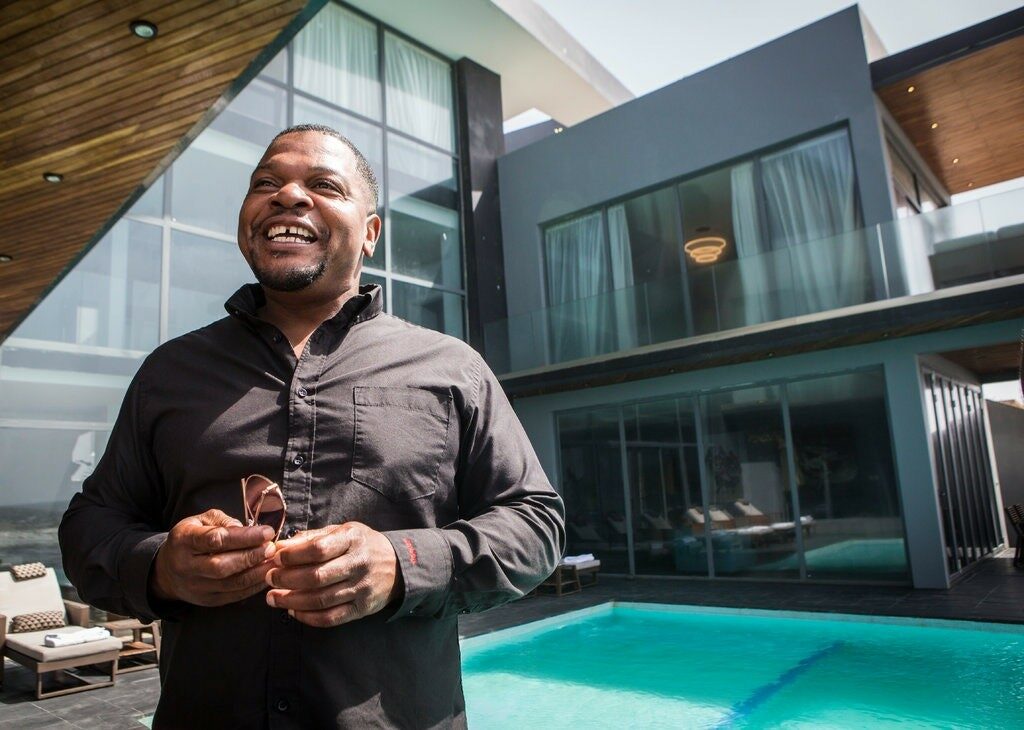
Wiley told the New York Times, “When you look at this space you’ll see natural Senegalese materials. All the photography [on the wall are various Senegalese scenes] is from the African-American artist Dwayne Rodgers. We had them printed in New York and shipped here. It was dramatic, but we got it here”

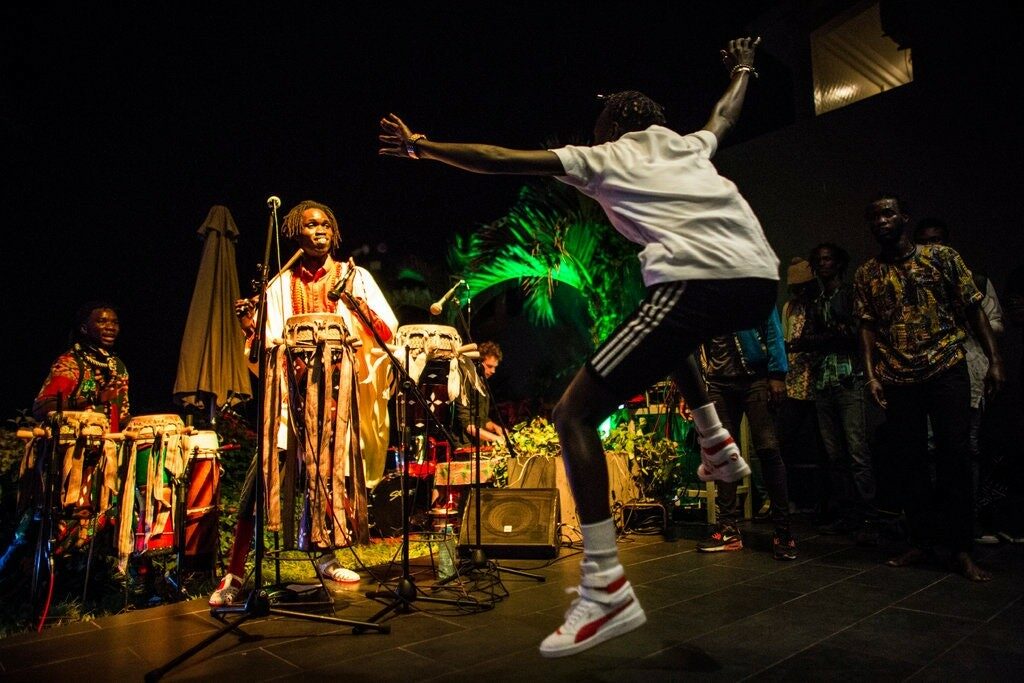
In celebration of the opening of Black Rock Senegal, Kehinde Wiley hosted a party last month attended by fellow artists, industry thought leaders, and celebrities including Naomi Campbell, Swizz Beatz, and Alicia Keys.

Wiley noted that he’s excited to share the first year of Black Rock Senegal with the world in an Instagram post. Still glowing from the success of Black Rock’s opening celebration, Wiley recently told The New York Times,
“People are still reposting from my party. It was like the party of the century. Yet at the same time, this is an echo of what I’ve been doing in Brooklyn and New York. I had no idea I would become a successful artist. I knew I would be happy in New York, and that was enough. It was a risk-taking leap that in the end was rewarded. It’s about just figuring it out and falling in love and working it out and creating culture.”
